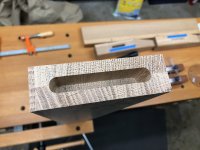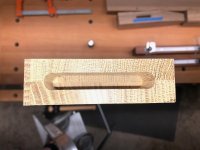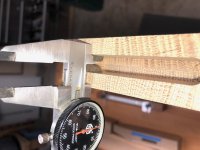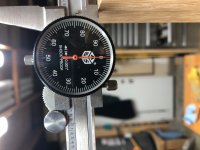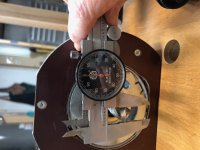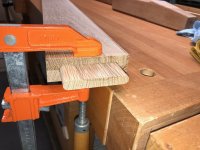smorgasbord
Member
Crazyraceguy said:While we may have it easier to find things on the EKat pages here in the US, you can't order directly from it, which seems like a giant missed opportunity to me.
You still need to find a dealer who is willing/able to order them.
The dumb thing that happens here is that we are restricted as to availability of many products.
From the Festool parts page:
All Festool tools should only be repaired at the Festool Service Center for quality and safety reasons. We recommend that you request your repair directly with us. Setup a repair service here.
In many cases, special tools are also needed to ensure proper repair. Please note that all guarantee and warranty claims shall be rendered void as soon as any unauthorized repair attempts are carried out. We explicitly advise you not to carry out your own repairs.
So, yeah, not letting get parts is their way or forcing you to go to Festool Service Centers.

